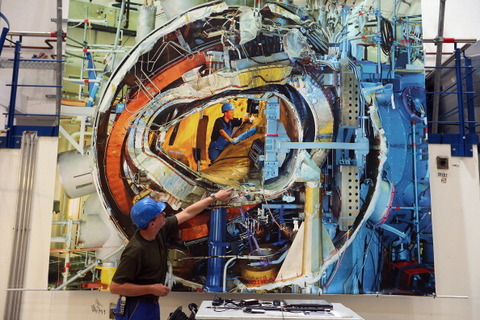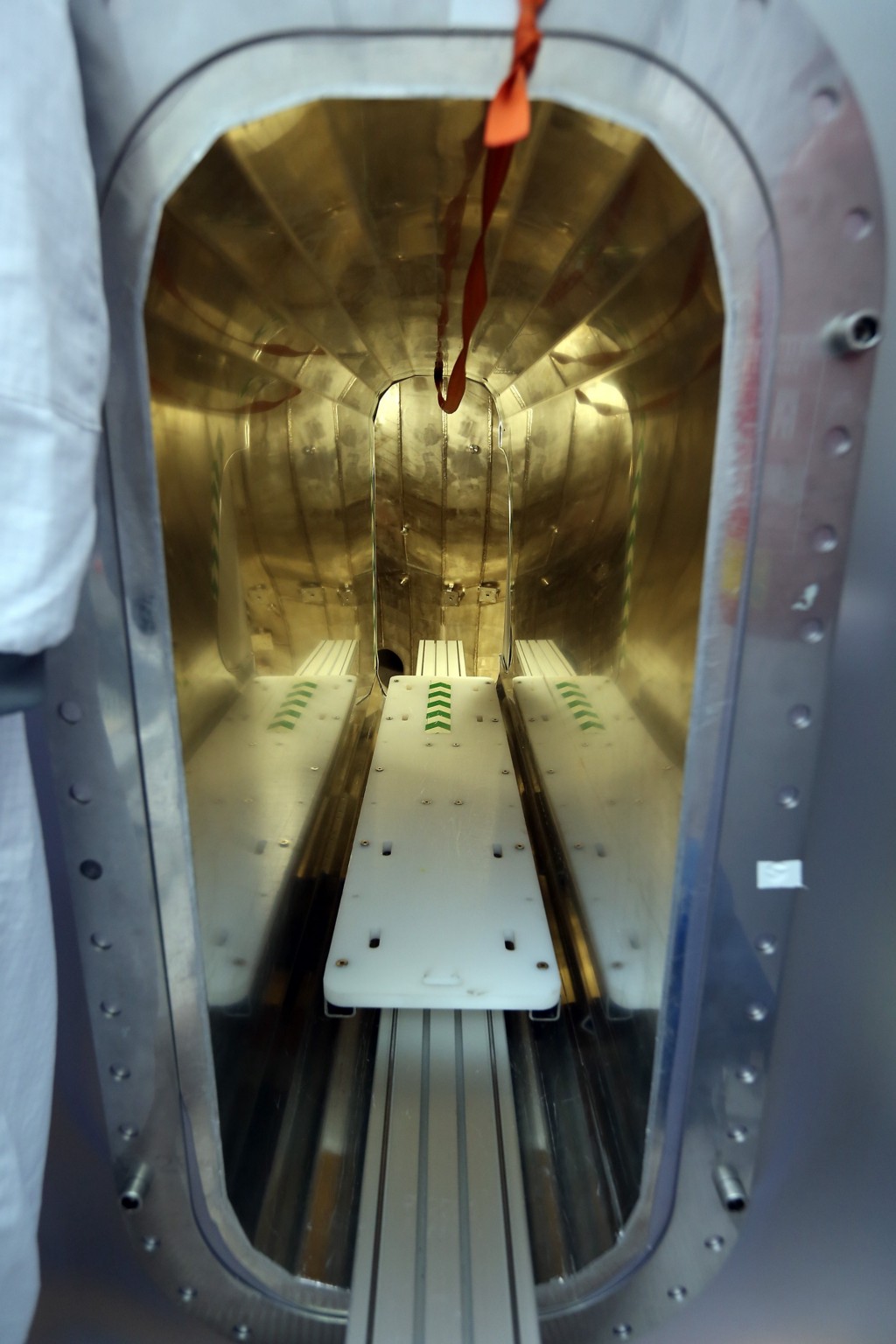Scientists Recreated The Sun In A Lab
by dose, 8 years ago |
3 min read
And it could generate free, clean energy forever.
Scientists recently took a step toward generating cheap, unlimited power forever. The process uses fusion, which binds together the nuclei of lighter atoms into heavier atoms. The byproduct of fusion is huge amounts of energy—with no dangerous radioactive waste. And it gets better: Fusion utilizes hydrogen, something that’s in abundant supply in water.

✕
Do not show me this again
